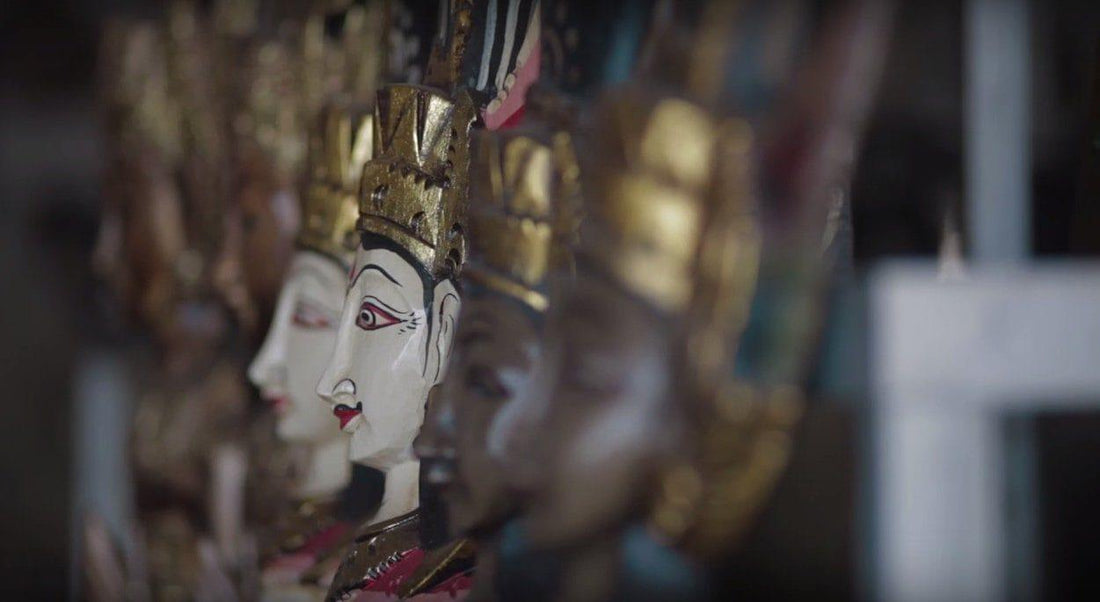At Kulturë, we offer a wide range of wood carvings and decorative panels, all hand carved in Ubud region, Bali. Now, before purchasing these beautiful products to decorate your lovely home, you may wonder how this tradition of wood carving started on the island of Gods. Let’s look into the history of this centuries old tradition and understand why Bali has become a reference in this field.
Religion, rituals and arts have always been intimately intertwined in Bali. However, prior to 20th century, the purpose of the fine art of wood carving was purely religious. Wood panels and statuettes were not meant to decorate people’s home, as they are today.
While some carved stones were dated back to 9th century (check out the Elephant Cave near Bedulu, Gianyar), wood carving, which required more skills and is more refined than stone work, only started around 12th century. At that time, the style was a mix of Buddhist and Hindu influence. The influence of Hindu style traditional carving was completed in 13th to 14th centuries when Bali became Majapahit (a thalassocracy in Southeast Asia) colony. The old Balinese carving were constrained by tradition - mainly making figures of Gods and demons.
Wood carving for commercial purpose was initiated around 1930 when it was introduced to Netherlands and Europe by the Dutch traders, who quickly figured there was a big demand for these products. Following this, some Western artists (such as Rudolf Bonnet, Walter Spies and the Dutch musicologist Jaap Kunst) took residence in Bali, more specifically in Ubud and Mas, where their styles and skills influenced the local wood carving techniques and designs. These artists helped and supported the rebirth of local sculpture and painting, which had been partly affected by the colonisation of the island, as the Dutch invasion of Southern Bali in 1906-1908 not only wrecked the old courts of the island but also disrupted the ancient processes of art making. Under the ruling of the Dutch, Balinese artists were forced to use their abilities to make commodities instead of religious items. This would in turn influence the subjects of their sculptures once they were freed from the Dutch oppression after World War 2.
Under the positive influence of Rudolf Bonnet and Walter Spies, more westerners started making a living of distributing and exporting Balinese works to a broader international audience. This trend encouraged local craftsmen to explore new styles and carving techniques.
Today, Balinese wood carvings are made for different purposes: spiritual use, home decoration or commercial use. With the increasing opening of Bali to tourists from all over the world, Balinese wood carvings can be found all over the world in people’s home or international hotel chains, where they are used to adorn guests’ bedrooms. It seems that the skills and creativity of the Balinese people is finally recognized and celebrated as deserved!
To end this post, here is a great quotation from Louis Nizer: "A man who works with his hand is a labourer, a man who works with his hand and his brain is a craftsman, but a man who works with his hand, his brain and his heart is an artist".
Now, let’s think this over and get creative!

